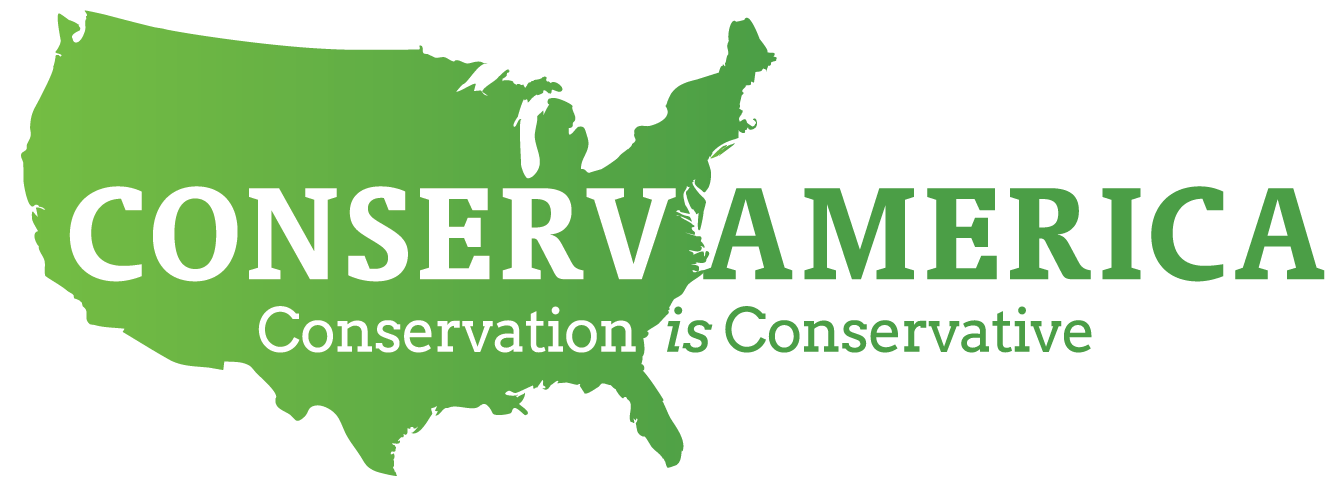Great American Outdoors Act Could Arrive Just in Time to Help America Recover
The current health crisis surrounding the nation and the world is, among many other things, a stark reminder of both the power of Mother Nature and the fragility of life. We are defined by our relationship with our environment, which is why character and tradition are so important. We must cherish our parks and protect our forest and wildlife areas.
When life gets back to normal, these national treasures will be an essential part of the recovery process for millions of Americans. It is therefore very reassuring to hear that when the U.S. Senate returns in April, one of its priorities will be the Great American Outdoors Act (S. 3422).
This legislation, introduced last week by U.S. Senator Cory Gardner (R-CO), a co-chair of the Roosevelt Conservation Caucus and a recipient of ConservAmerica’s 2019 Congressional Champion Award, provides full and permanent funding for the Land and Water Conservation Fund (LWCF) as well as addressing the nearly $12 billion backlog national park maintenance projects. It has strong bipartisan support, including 58 co-sponsors to date. Importantly, President Trump said he would sign it.
The LWCF has been a central piece of American conservation since 1965, but its funding levels have always been subject to the ups and downs of the appropriations process. Even with such unreliable funding, the LWCF has managed to protect eight million acres of land and fund state and local park projects in 98 percent of all counties in the country. It uses offshore oil and gas revenue to conserve natural areas and recreational public access for hunting, fishing, recreational shooting, or other outdoor recreational purposes.
The LWCF also cultivates rural partnerships to keep ranchers and farmers on the land.
The new funding for national parks provides an opportunity to begin paring down decades’ worth of deferred maintenance projects, which has always created unique challenges for agencies attempting to budget and plan. Park visitation has quadrupled from 1960 to 2017, and nearly 331 million tourists visited national parks in 2016 and 2017. But funding levels have been inconsistent. The projects this bill funds will be critical to ensuring that visitors and rangers can safely access historical sites and wildlife refuges.
Our national parks are a link to our past, present, and future. We have a moral responsibility to make sound investments in creating a resilient and sustainable future for public lands, and the Great American Outdoors Act is a welcome solution.
